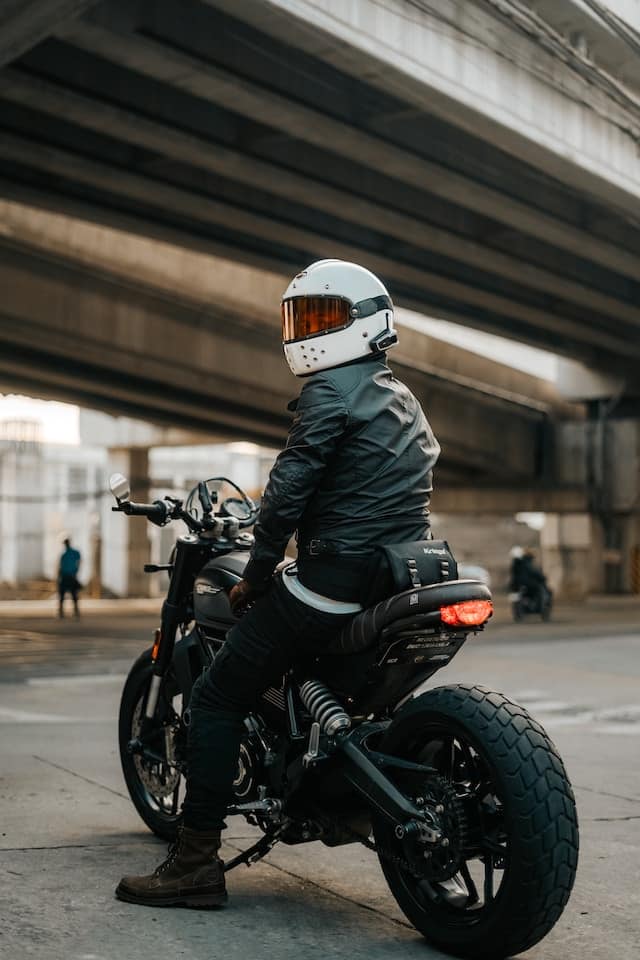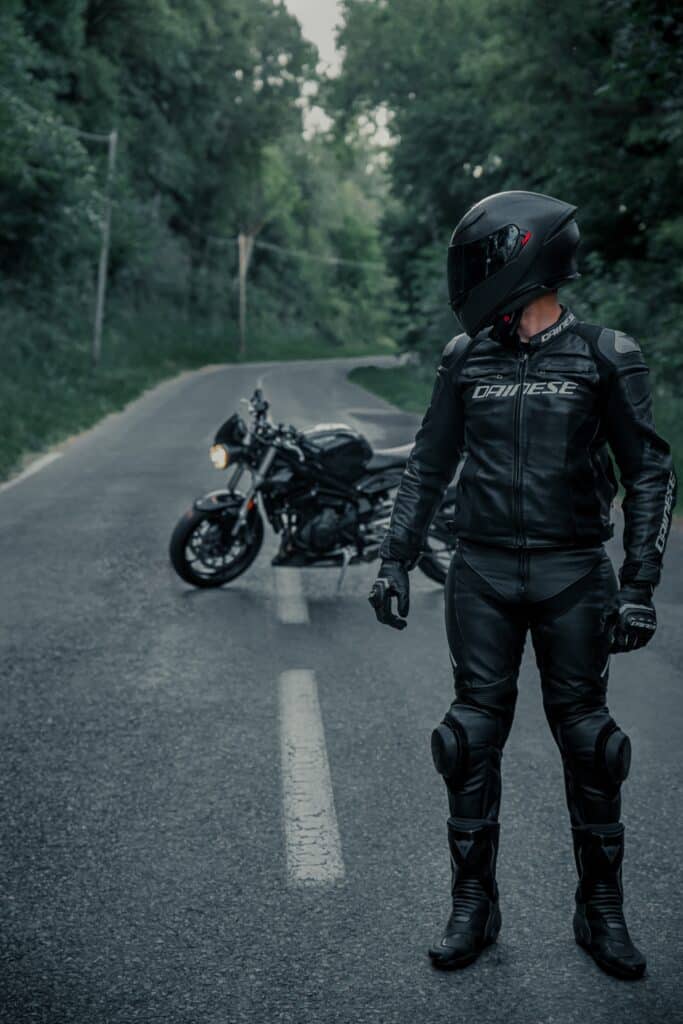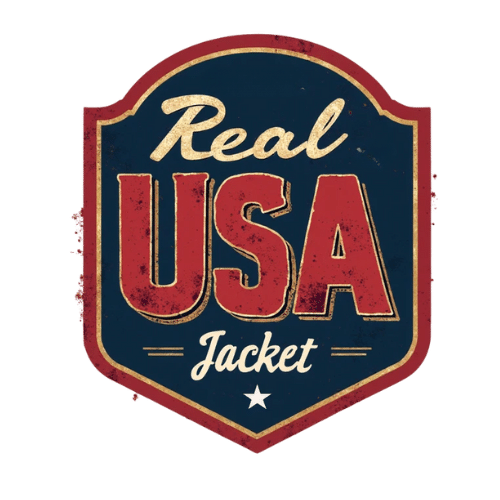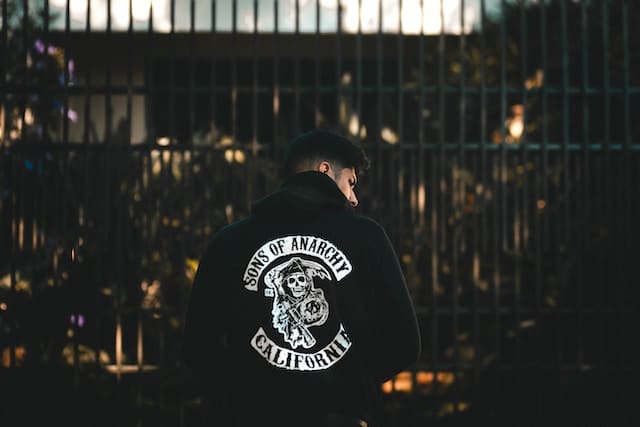A biker leather jacket is an iconic piece of fashion that has been worn by celebrities, rebels, and everyday riders for decades. From the classic look of James Dean to the modern edge of the Sons of Anarchy, a high-quality biker jacket is a must-have item in any wardrobe. But with so many options and styles to choose from, how can you be sure that you are selecting the perfect one for your needs?
In this ultimate guide to choosing the perfect biker leather jacket, we’ll take a deep dive into the world of famous film jackets, movie jacket fashion, and everything you need to know to find the right jacket for your style. From sleek and simple to bold and dramatic, we’ll cover the many different styles, materials, and design features that make biker jackets so popular. So buckle up and get ready to ride – it’s time to find the perfect biker jacket for you!

A high-quality leather jacket not only offers protection but also enhances your style and provides comfort during rides. Here’s an ultimate guide to help you choose the perfect biker leather jacket:
- Determine Your Riding Style: Consider your riding style and needs before selecting a jacket. Are you into cruising, racing, or off-road adventures? Different riding styles may require specific features such as extra padding, ventilation, or waterproofing.
- Leather Type: Opt for genuine leather jackets as they provide the best durability, abrasion resistance, and protection. The most common leather types used for biker jackets are cowhide and buffalo leather. Cowhide is popular for its strength and flexibility, while buffalo leather is thicker and offers more protection.
- Jacket Fit: The fit is crucial for both comfort and safety. Your jacket should fit snugly but not restrict your movement or feel too tight. Ensure that it allows for easy arm movement and has a comfortable length, covering your lower back when you’re in a riding position.
- Safety Features: Look for jackets with built-in safety features like reinforced stitching, armor pockets (to add protective padding), and CE-certified armor for critical areas like the shoulders, elbows, and back. These features can greatly enhance your protection in case of a fall or accident.
- Jacket Style: Biker jackets come in various styles, such as classic cruiser jackets, sports jackets, and adventure/touring jackets. Choose a style that aligns with your personal preference and riding style. Classic cruiser jackets typically have a timeless design with minimal branding, while sports jackets may feature more aggressive styling and aerodynamic elements.
- Ventilation and Insulation: Depending on your climate and riding conditions, consider the jacket’s ventilation and insulation features. Look for jackets with zippered vents or perforated panels for better airflow during hot weather. Similarly, if you ride in colder climates, jackets with removable thermal liners can provide warmth.
- Quality and Construction: Examine the quality of stitching, zippers, and hardware. Reinforced stitching ensures durability and longevity. High-quality zippers should be smooth and sturdy, while robust hardware, such as snaps and buckles, adds to the jacket’s overall durability.
- Brand Reputation: Research and choose a reputable brand known for producing reliable and high-quality motorcycle gear. Look for customer reviews and ratings to get an idea of the brand’s reputation and the experiences of other riders.
- Price Range: Set a budget for your leather jacket and explore options within that range. While it’s important to invest in a good-quality jacket, you don’t have to break the bank. Compare prices and features across different brands to find the best value for your money.
- Try Before You Buy: Whenever possible, try the jacket on before purchasing it. Visit local motorcycle gear stores or dealerships to try on different jackets and get a feel for the fit and comfort. This will also allow you to assess the quality, style, and features in person.

Remember, choosing the perfect biker leather jacket is a personal decision that depends on your individual preferences, riding style, and safety requirements. By considering the factors mentioned above, you can find a jacket that not only protects you on the road but also reflects your personal style.


